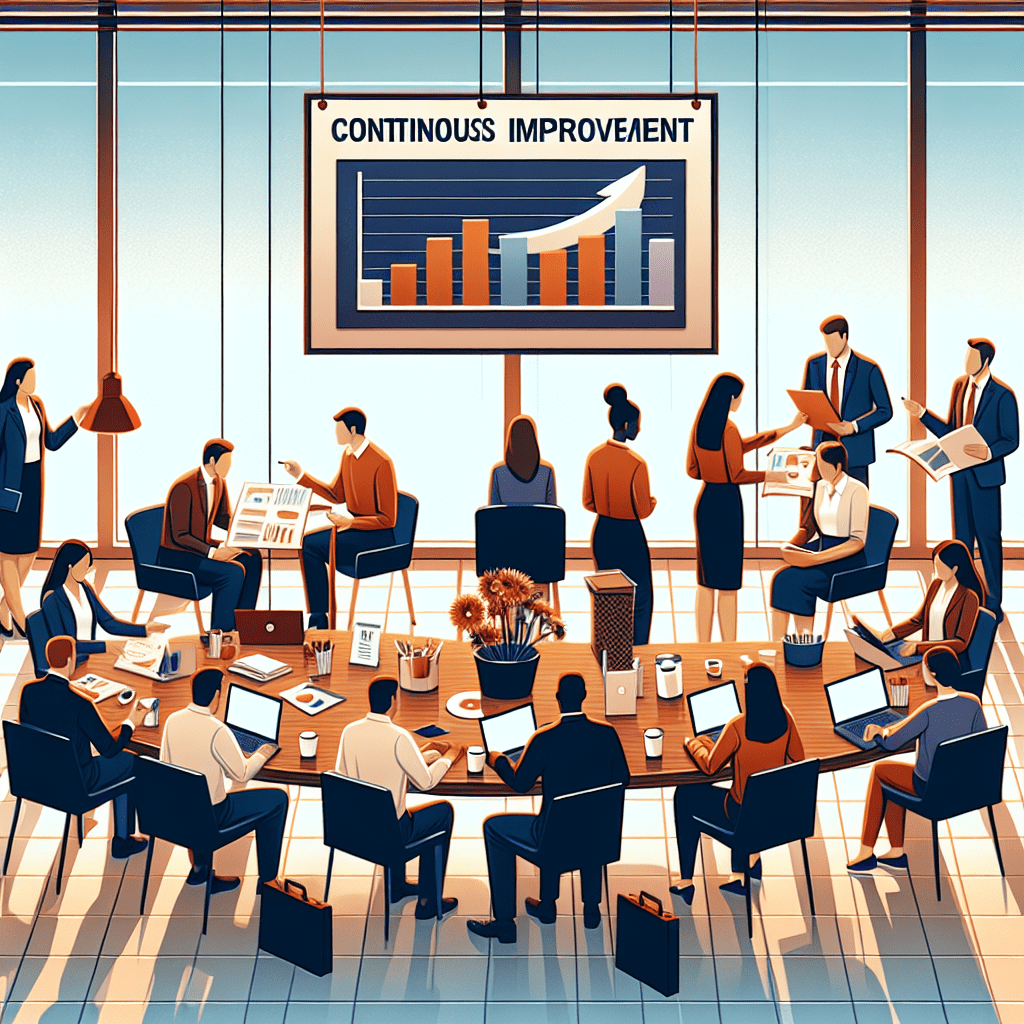
Extreme Leadership: How CEOs Can Drive Continuous Improvement

Would Your CEO Go to the Extreme for Continuous Improvement?
Let’s have a chat over a cup of coffee. Picture this: your CEO, a figure often clad in the tailored suits of corporate success, makes a bold commitment that has the potential to shake things up. Now, I’m not talking about fluff and fancy speeches, but something real—something that could genuinely transform the culture of your workplace.
Every leader wants a thriving team, but are they willing to take the plunge? A promise like that from the top can create waves, and those waves? Well, they can turn a simple organisation into an incredible haven of innovation.
A Scenario That Speaks Volumes
Imagine your CEO pledging to perform a daring feat—perhaps wearing a silly costume on the next company outing—if staff manage to drive a specific level of savings through their bright ideas. At first glance, it seems gimmicky, right? But look deeper. This isn’t just a playful gesture; it’s a declaration that every voice matters.
When a CEO leads from the front like this, the impact can be staggering. Teams across the organisation feel invigorated. They’re not just cogs in a machine; they are active participants in shaping the future. Suddenly, the focus shifts from merely surviving each fiscal year to genuinely thriving together.
Empowerment Equals Results
Let’s break it down. What happens when employees are empowered? Companies experience remarkable changes. Think about it: productivity increases, creative solutions become commonplace, and staff retention improves significantly. No more worrying about layoffs. Every team member begins to see their contribution as vital to the bigger picture. They’re invested in the journey.
Can you picture it? A place where every employee is encouraged to take ownership. That sense of belonging creates a strong culture, leading to recognition as a top workplace—naturally following from a thriving environment.
Small Steps, Big Changes
Now, let’s talk specifics because, at the end of the day, it’s all about results. Small changes often lead to substantial savings. It might be rethinking a process—streamlining communication, perhaps—or shifting how meetings are run. These little tweaks can make a world of difference.
But here’s the catch: none of this happens unless your organisation fosters a culture where improvement is not just welcomed but celebrated. Can you answer this: is your organisation cultivating such a culture? Are your staff truly empowered to voice their ideas for improvement?
Creating a Culture of Continuous Improvement
To answer these questions, think about your workplace. Is the door open for everyone to contribute their thoughts? A successful culture of continuous improvement will encourage feedback, question the status quo, and nurture every idea that comes through.
It’s not just about numbers and savings; it’s about the journey we take together. I still remember a moment where our team collectively came together for a brainstorming session, and what emerged was an idea that revolutionised our customer service process. It wasn’t engineered at the top but echoed from the ground. That’s the power of collective ownership.
A Personal Reflection on Leadership
Here’s a little insight from my own experience. I once had a boss who challenged us in a ridiculously fun manner—by promising a charity fundraiser if we exceeded our sales target. It may have seemed trivial, but that playful challenge completely energised our team. We pulled together, surpassed those targets, and it forged stronger bonds amongst us.
That’s the beauty of leadership. When a leader goes the extra mile to engage their team, it cultivates an environment ready for continuous improvement.
So, would your CEO go to the extreme for continuous improvement? More importantly, are you ready to encourage that in your own organisation?
Let’s start a conversation. What’s the most notable commitment a leader in your organisation has made towards enhancing continuous improvement? I’d love to know your thoughts.





